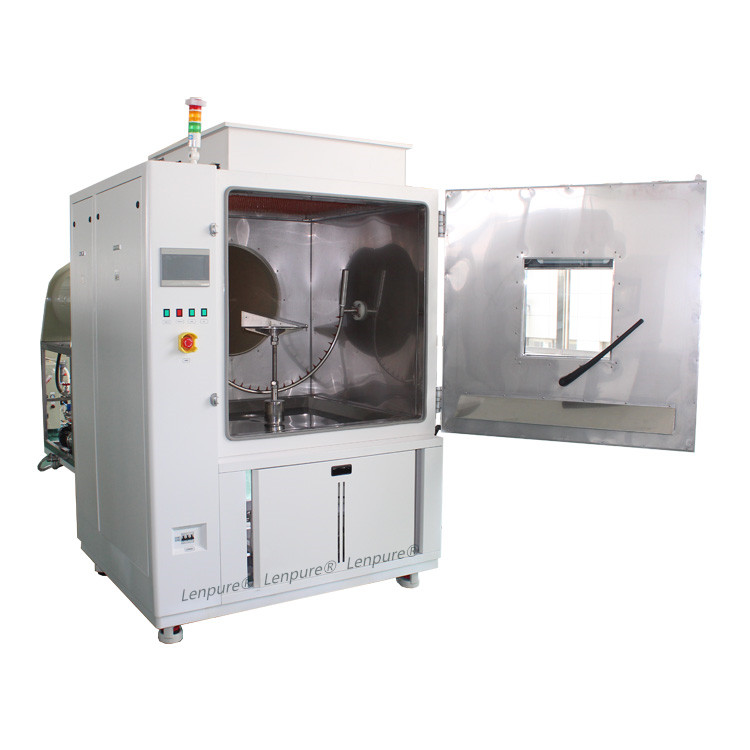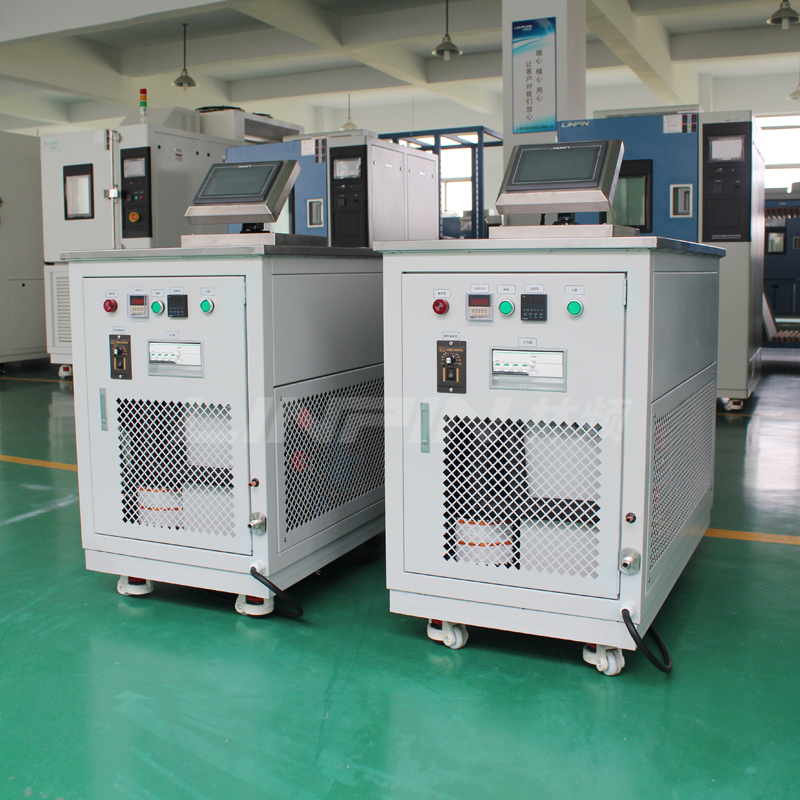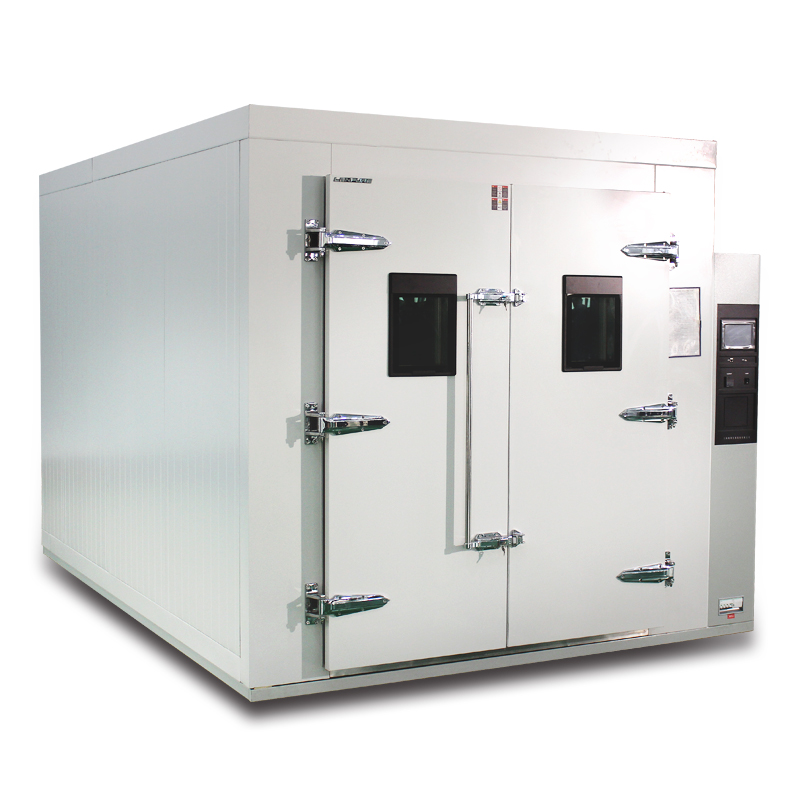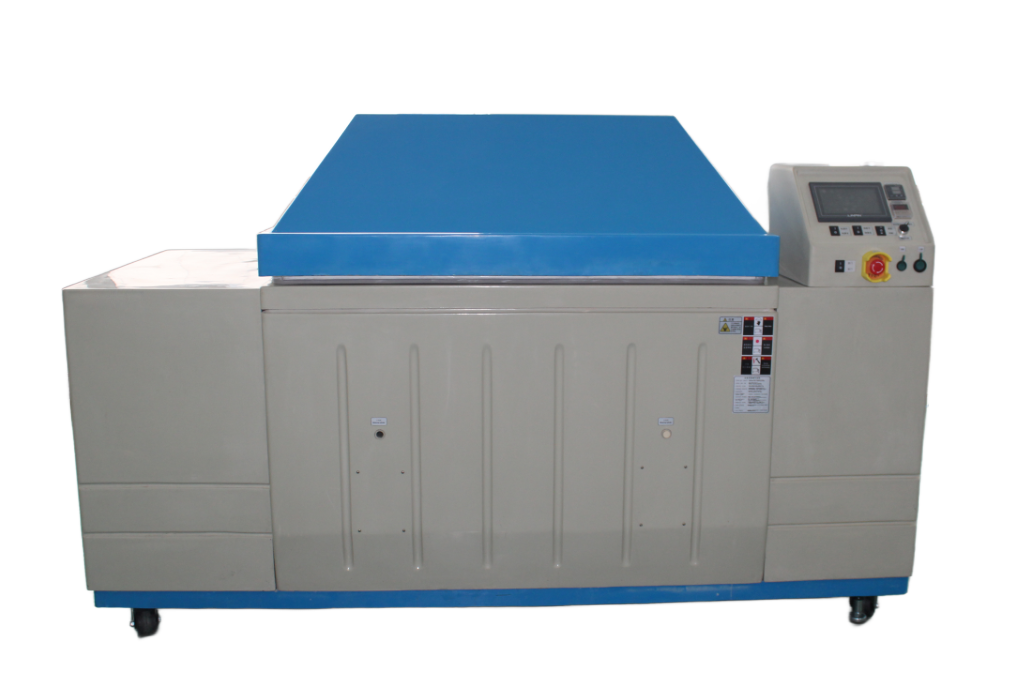The Critical Role of Sand and Dust Test Chambers in Railway Bridge Engineering
Author:LINPIN Update Time:2025-09-05 Source:LINPINRailway bridges are among the most critical infrastructures in modern transportation systems, designed to withstand extreme environmental conditions while ensuring long-term structural integrity and operational safety. Among the various environmental challenges, sand and dust storms present unique threats, particularly in arid and semi-arid regions. Sand and dust test chambers have emerged as indispensable tools in evaluating the resilience of materials, coatings, and electronic components used in railway bridges. Their application ensures compliance with international standards and enhances the durability of infrastructure in harsh environments.
Environmental Challenges for Railway Bridges
Railway bridges in desert or high-wind regions are frequently exposed to abrasive sand and dust particles. These particles can infiltrate mechanical systems, degrade protective coatings, and accelerate wear on moving parts. Prolonged exposure may lead to corrosion, electrical failures, and reduced structural performance. Given the increasing frequency of extreme weather events due to climate change, the need for robust testing methodologies has become more pronounced.

Functionality of Sand and Dust Test Chambers
Sand and dust test chambers simulate real-world conditions by generating controlled particulate environments. These chambers adhere to standards such as IEC 60529 (IP Code), ISO 20653, and MIL-STD-810, ensuring that components meet rigorous durability criteria. Key testing parameters include:
- Particle Size Distribution: Fine dust (≤75 µm) and coarse sand (150–850 µm) are introduced to assess penetration resistance.
- Airflow Velocity: Simulating wind speeds up to 18 m/s replicates storm conditions.
- Temperature and Humidity Control: Tests are conducted under varying climatic conditions to evaluate combined stressors.
By subjecting materials to accelerated aging, engineers can identify vulnerabilities before deployment, reducing maintenance costs and preventing catastrophic failures.
Applications in Railway Bridge Engineering
-
Material and Coating Evaluation
Protective coatings on steel girders and concrete surfaces must resist abrasion from airborne particles. Test chambers quantify erosion rates, enabling the selection of high-performance materials such as polyurethane or epoxy composites. -
Sealing System Validation
Expansion joints and electrical enclosures require airtight seals to prevent particulate ingress. Testing verifies the effectiveness of gaskets and O-rings under prolonged dust exposure. -
Electronics and Sensor Reliability
Modern bridges incorporate IoT sensors for structural health monitoring. Dust chambers ensure that these devices maintain functionality in particulate-laden environments, preventing false readings or system failures. -
Ventilation and Filtration Efficiency
Bridge compartments housing electrical equipment rely on filtered ventilation. Testing confirms that air intake systems meet IP5X or IP6X dustproof ratings.
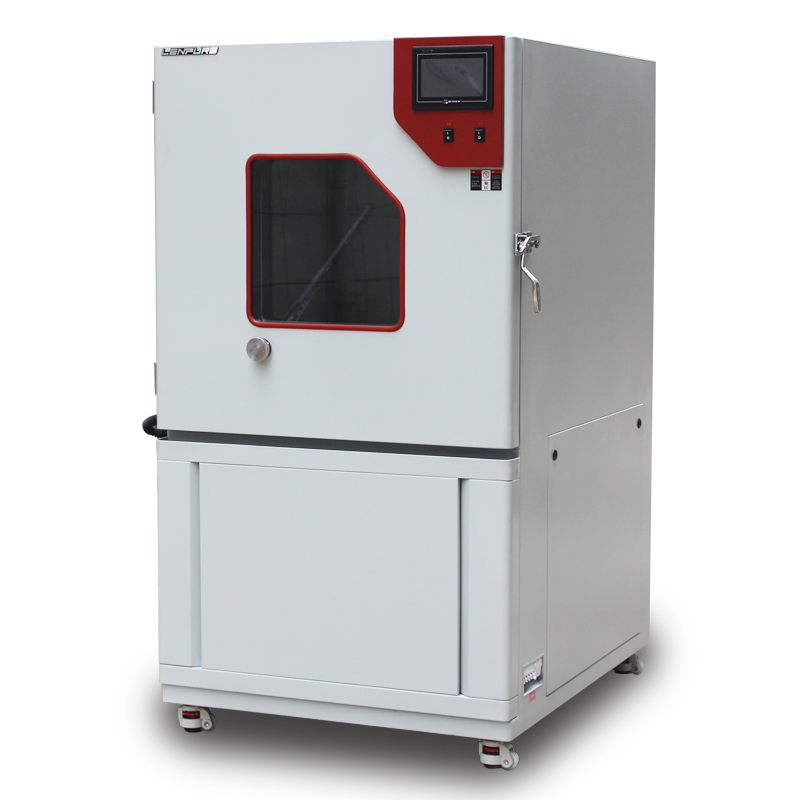
Case Study: High-Speed Rail in Arid Regions
The Haramain High-Speed Railway in Saudi Arabia exemplifies the necessity of sand and dust testing. Bridges along the route endure frequent sandstorms with particulate concentrations exceeding 1,000 µg/m³. Pre-construction testing of steel alloys and fiber-reinforced polymers in dust chambers led to the adoption of nanoceramic coatings, extending service life by 40%.
Regulatory and Economic Implications
Governments and regulatory bodies increasingly mandate environmental testing for infrastructure projects. The European EN 1991-1-4 and American AASHTO LRFD standards prescribe dust resistance criteria for bridge components. Non-compliance risks project delays, cost overruns, and legal liabilities.
From an economic perspective, proactive testing reduces lifecycle costs. A 2023 study by the International Railway Journal estimated that dust-related corrosion accounts for 12% of bridge maintenance expenditures. Implementing chamber-tested materials can yield a 20–30% reduction in long-term repair budgets.
Future Directions
Advancements in testing technology include AI-driven predictive modeling, which correlates chamber results with real-world performance. Additionally, the integration of nanotechnology in coatings promises enhanced abrasion resistance. As railway networks expand into extreme environments, sand and dust test chambers will remain pivotal in safeguarding infrastructure resilience.
The utilization of sand and dust test chambers in railway bridge engineering is not merely a precaution but a necessity. By rigorously validating materials and systems against particulate-induced degradation, these chambers ensure the longevity and safety of critical transportation assets. As global infrastructure demands grow, their role will only intensify, solidifying their status as a cornerstone of modern engineering practice.

